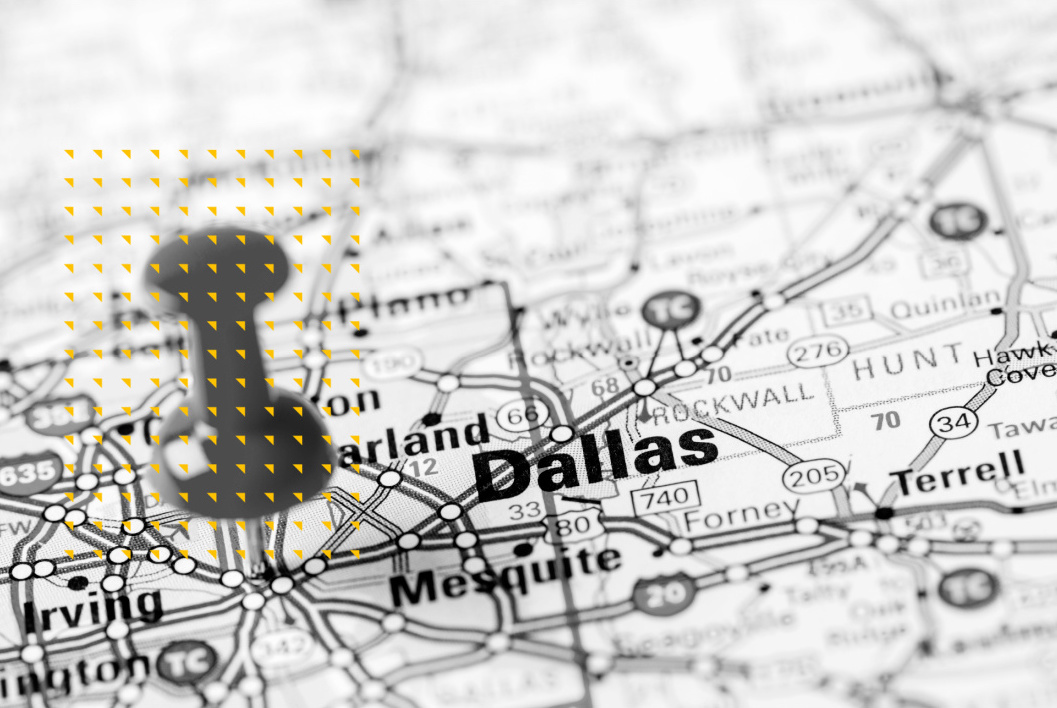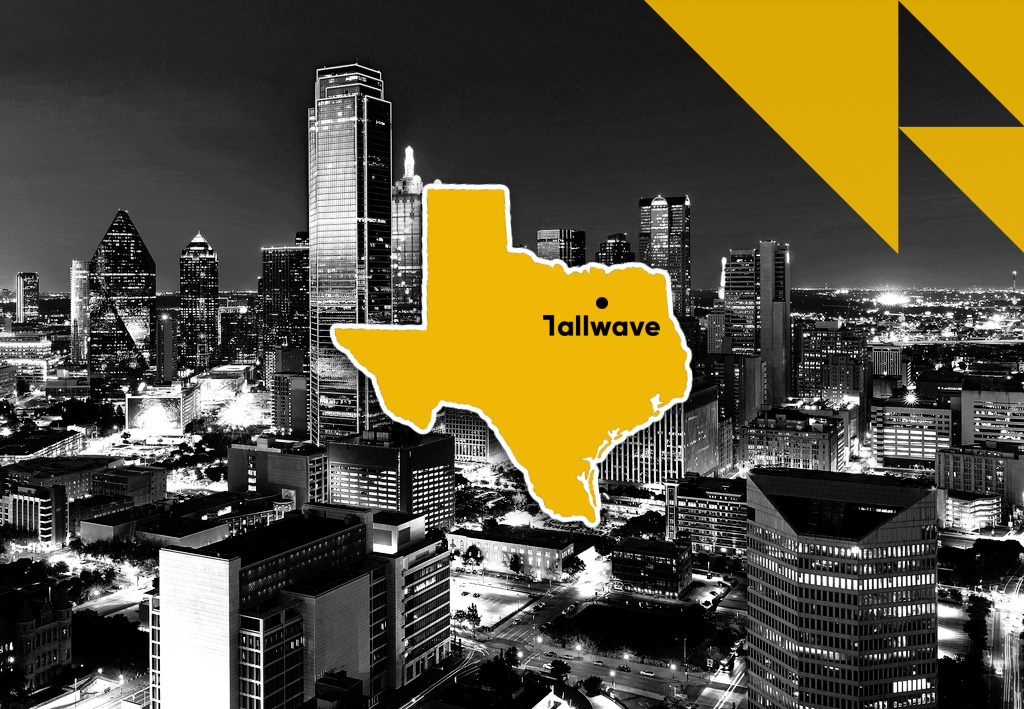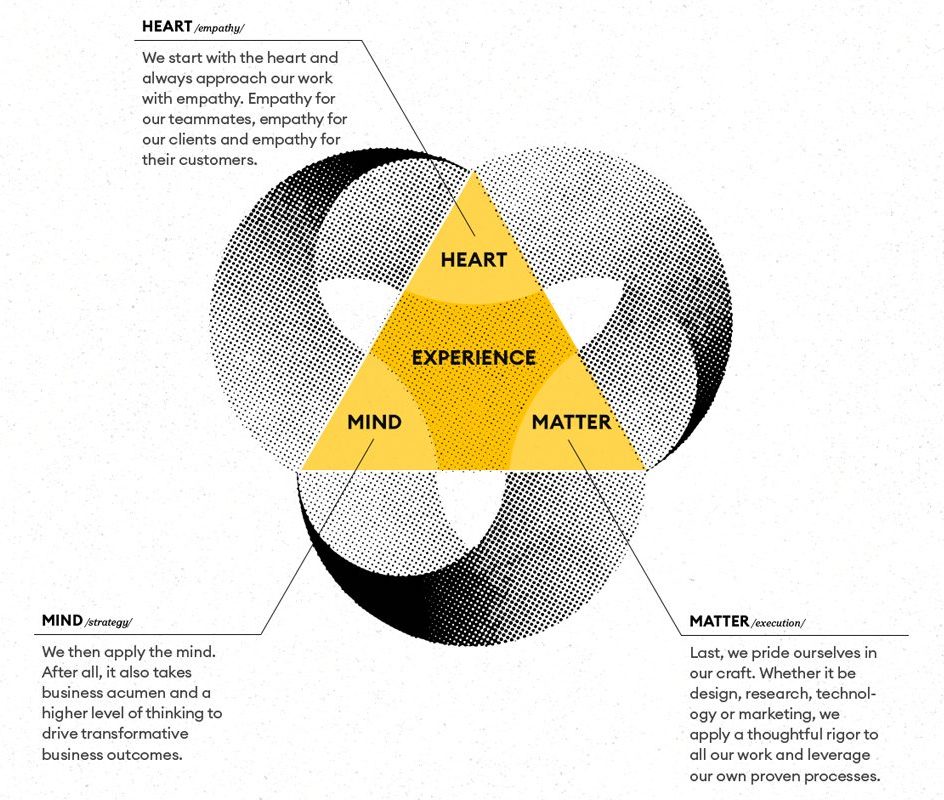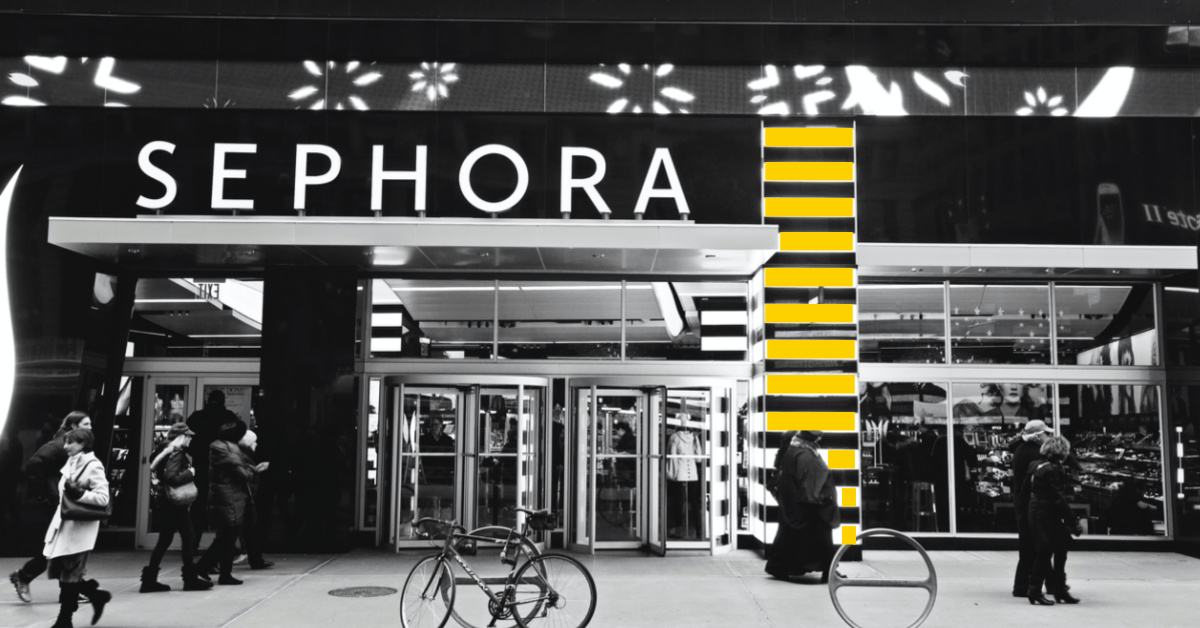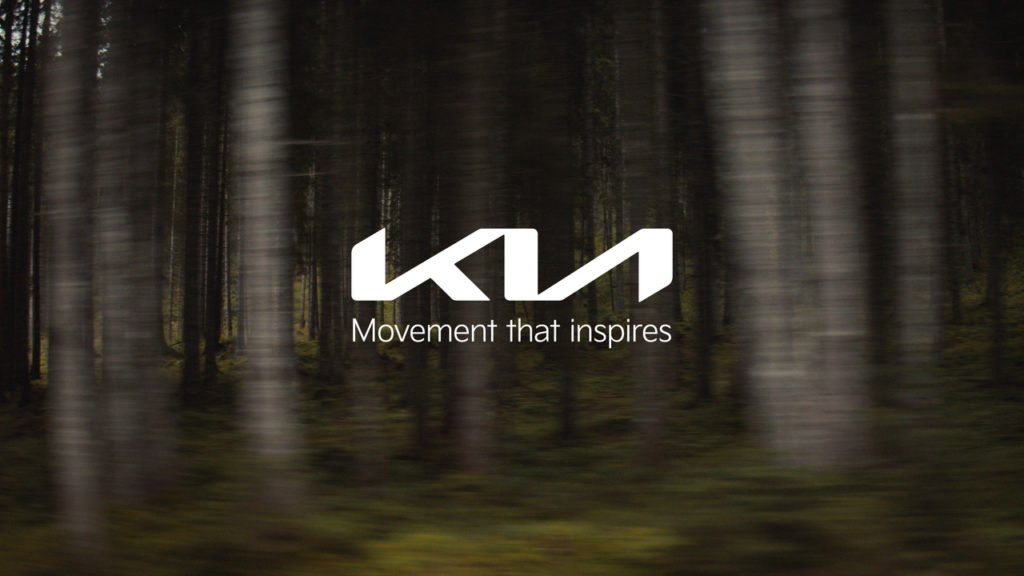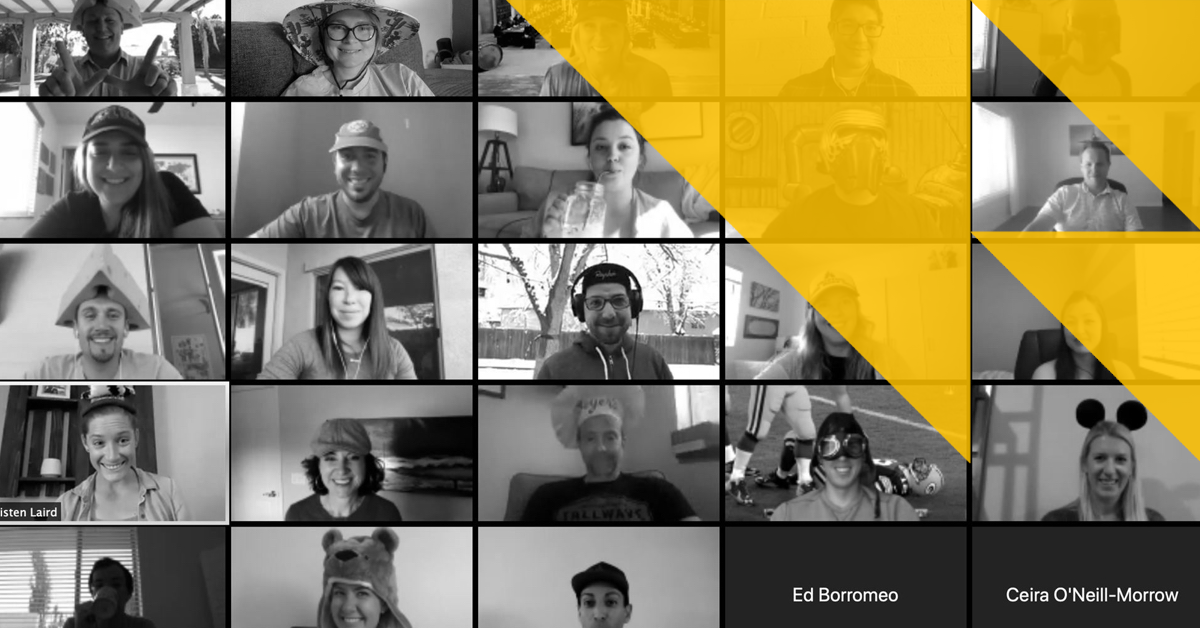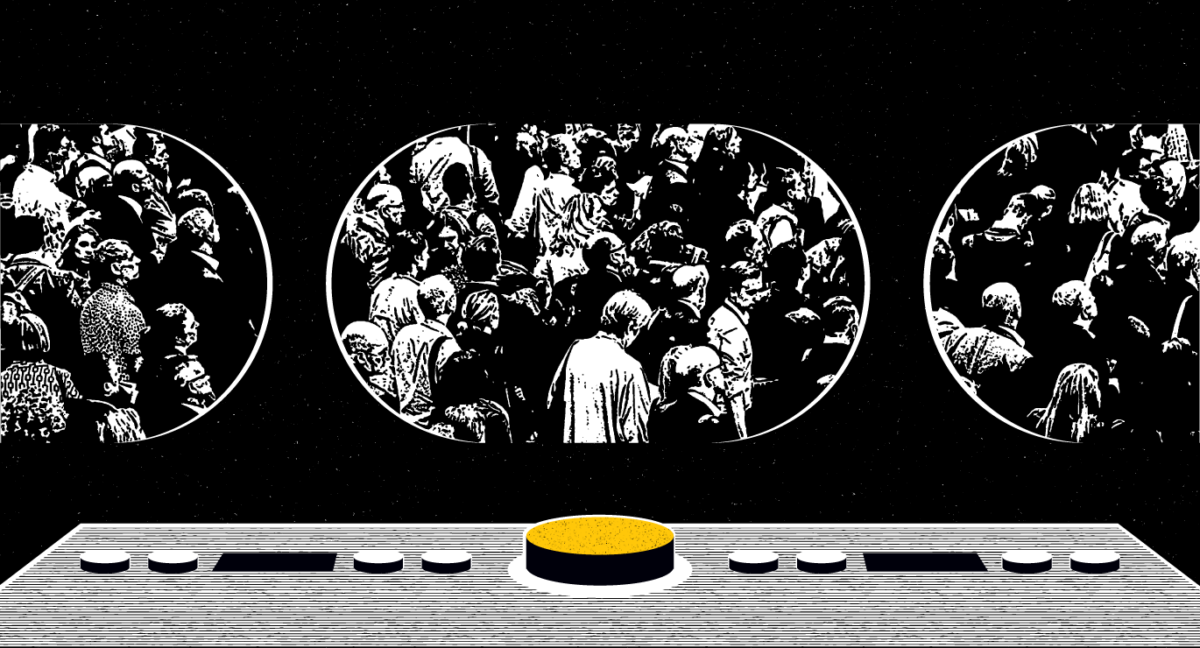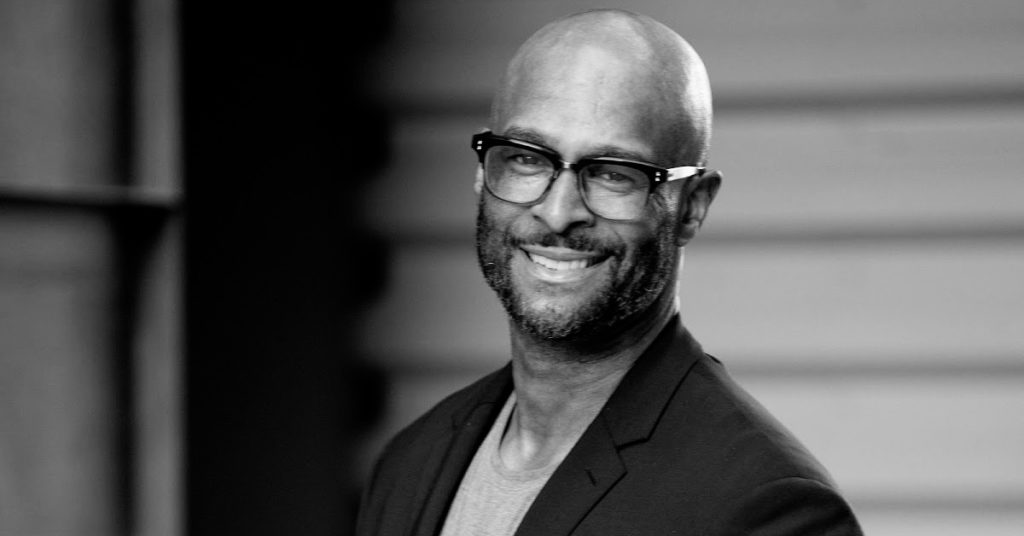As a customer experience design company, our people are essential to creating and delivering remarkable solutions for everyone we work with.
We know that doing big things requires people who get it – people who are told they can’t change things and then go ahead and change them anyway. People who embrace a maverick attitude, who challenge convention, and think beyond the ask. These are the kinds of people that affect positive change and growth for our company and clients, and the kinds of mavericks we’re loading our new Dallas office with.
Meet the Tallwavers helping us serve the Dallas market on the ground. And if you’re in the area, schedule a virtual or socially distanced coffee with them by emailing Dallas@Tallwave.com or dropping us a note here. They’re ready to help you create unstoppable momentum and deliver exceptional customer experiences.
Matthew Kiesel, Senior Consultant
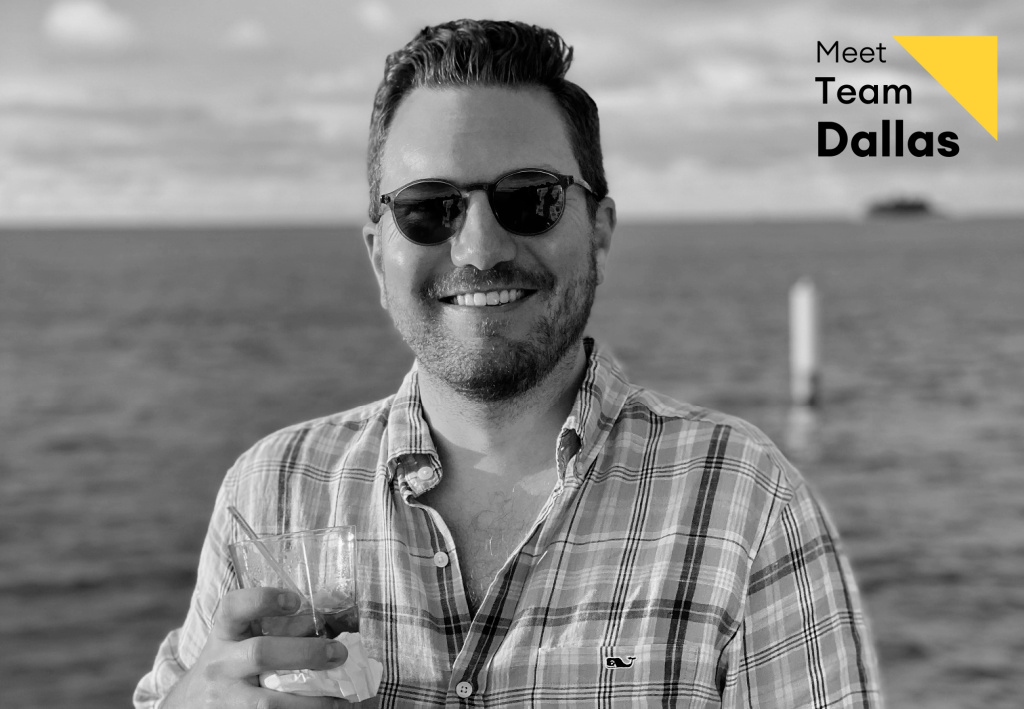
A highly-motivated management consultant and client development professional, Matthew joined the Tallwave team with 14 years of experience with aviation finances, joint ventures, merger and acquisition integrations, sales and distribution, revenue management, and loyalty programs. Working previously at Sabre, a travel technology company focused on airline software and service, as well as American Airlines and United Airlines, Matthew is Tallwave’s travel expert. A Texas-native, Matthew is a Texas Christian University graduate and self-proclaimed “rowdy Horned Frog football fan.”
3 Questions with Matthew
- What’s your favorite thing about Dallas? Dallas has all the benefits of a big city, but still maintains a small town feel. I love that Dallas has everything a world class city should offer: an amazing restaurant scene, sports teams, museums, and fun activities. Yet you can easily run into friends around town, and the attitude of the people mimics the charm of small town Texas.
- What expertise and specialities do you bring to the Tallwave team? My background prior to Tallwave is in management consulting and corporate finance, specifically in the travel industry. Coming to Tallwave I’m hoping to share my financial acumen and experience in strategy development with our team and clients. Blending my formal consulting experience with Tallwave’s pursuit of “thoughtful rigor” and “maverick attitude” should benefit our client engagements.
- What experiences of the future are you most excited about? I can’t wait back to get back to travel — both personally and professionally. Prior to the pandemic, I was traveling around the world for about 2/3 of the year for client engagements. Additionally, I love seeing and exploring new countries on my own time. As the world reopens, I am excited to get back on the road. Additionally, I’ve yet to meet any of my Tallwave clients in person. So extending my client relationships beyond Zoom is a top goal for the near future.
Check out our work: Distrupting the Status Quo With a Travel App
Dannette Urquhart, Consultant

With experience in account management, retail, and technology, Danette brings passion and a proven track record for building and retaining customer relationships that grow businesses and increase sales to the Tallwave team and Dallas market. A Dallas-native, Dannette yells her Texas pride loud and proud. An undergrad alumni of the University of North Texas, she is now pursuing her MBA at Southern Methodist University, and is a devoted Cowboys and Texas Rangers fan.
3 Questions with Dannette
- What’s your favorite thing about Dallas? Dallas is home. It’s where I’m from. I particularly love the patio dining and drinking scene, the summertime poolside fun, and participating in the football at AT&T stadium or one of our many cool sports bars. Most importantly – the people are great.
- Why did you become a Consultant? Because I love strategizing and creating solutions for clients by developing relationships. I get to be creative and push boundaries in a way that makes businesses better. Plus, I get bored easily, so I appreciate that every client and account is different, and brings with it it’s own unique challenges.
- What’s your personal and professional life motto? KEEP GOING! There’s no such thing as failure, only learning opportunities. Those opportunities build strength and character that make you better and enable you to help others.
Brooke Weidenbaker, Senior Digital Intel Strategist

Brooke is a business and marketing professional with experience in both agency and client-side communications and analytics across multiple industries including, technology, retail, CPG, auto, financial services, education, and more. Prior to joining the Tallwave team, Brooke was the Lead Retention Operations Consultant for AT&T, and Director of Analytics for both Rockfish and Saatchi & Saatchi Los Angeles, Originally from Kansas, she lived in Texas for 10 years; now she splits her time with her two rescue dogs between Los Angeles and Dallas.
3 Questions with Brooke
- What’s your favorite thing about Dallas? I moved to Dallas in 2011 and it was one of the best decisions I have ever made. Dallas has so much to offer, a booming economy, delicious food, amazing art all throughout the city, and a variety of entertainment options including sporting events! I think my favorite thing about Dallas though is the people I’ve met. Growing up in middle America people were always very friendly but in Dallas, the southern hospitality really makes newcomers feel welcome!
- Why did you become a Senior Strategist? My career has taken many turns throughout the years. I started in Finance and Telecom, then shifted to Marketing after I realized I wanted a balance between numbers and people! After graduating from TCU with my MBA, I entered the agency world. I also grew up in an entrepreneurial family and have owned my own small retail business on the side for the past five years. I really enjoy working as a Strategist at Tallwave because it presents the opportunity to creatively solve business problems for a variety of clients across multiple industries. No day is ever the same!
- How do you employ empathy and creativity into your job? In my mind, both are vital to success and working well as a team! So much of our work at Tallwave is collaborative, therefore, having empathy for not only our team members but also our clients is imperative. We have a great team at Tallwave, we all care about each other personally and professionally and are available to help each other out when things get overwhelming. As a Strategist, I have the opportunity to creatively shape deliverables on a daily basis. That is part of the fun of it. Charting the path forward!
Check out our work: Upleveling a product that’s all about great service
Brian Hambrick, Senior Strategist
A 6th generation Texan, Brian comes to Tallwave from Dallas where he built his career working in various Strategy and Planning roles at Advertising Agencies such as Deutsch, Tracylocke and the Integer group. Brian brings over 12 years of experience in research, strategy, and planning and has worked across a wide range of clients in the CPG, Hospitality, Food, Retail, Automotive and Telco industries. Most recently Brian worked at Cici’s Pizza as the Director of Innovation helping the brand develop new pizza flavors and transition from a traditional media approach to a digital first media approach.
Interested in joining the Dallas team? We’re hiring! Check out our open positions here.

